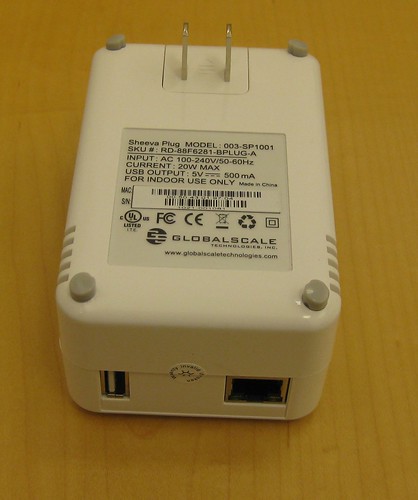So I was looking for more of a breeze...
...seems like I've got some good breeze now with the 56mm ducted fan. Be careful, these ducted fans will slice your finger off!
Set up: Great Planes Ammo 20-40-3500 In-Runner Brushless Motor, Great Planes Silver Series 25A Brushless ESC, Great Planes HyperFlow 370 56mm Ducted Fan Unit, 9V/17A power supply from MPJA, and Arduino.
Below is the sketch that works with the Great Planes ESC (adapted from other people's ESC sketches). It arms the ESC, then sweeps the speed up, stop, back to full speed, and sweeps back down to off.
#include <Servo.h>
Servo myservo;
void arm(){
// arm the speed controller, modify as necessary for your ESC
Serial.println("arming");
setSpeed(30);
delay(2000);
setSpeed(90);
delay(2000);
Serial.println("armed");
setSpeed(30);
delay(2000);
}
void setSpeed(int speed){
// speed is from 0 to 100 where 0 is off and 100 is maximum speed
//the following maps speed values of 0-100 to angles from 0-180,
int angle = map(speed, 0, 100, 0, 180);
myservo.write(angle);
}
void setup()
{
Serial.begin(115200);
myservo.attach(9);
arm();
}
void loop()
{
int speed;
Serial.println("Sweeping up");
for(speed = 37; speed <= 90; speed += 1) {
setSpeed(speed);
Serial.println(speed);
delay(100);
}
setSpeed(30);
delay(1000);
Serial.println("Sweeping down");
for(speed = 90; speed > 37; speed -= 1) {
setSpeed(speed);
Serial.println(speed);
delay(100);
}
Serial.println("30 halting...");
setSpeed(30);
delay(5000);
}
